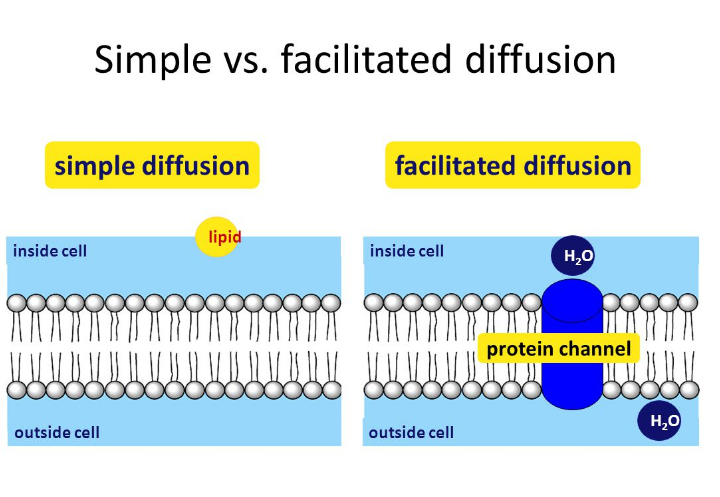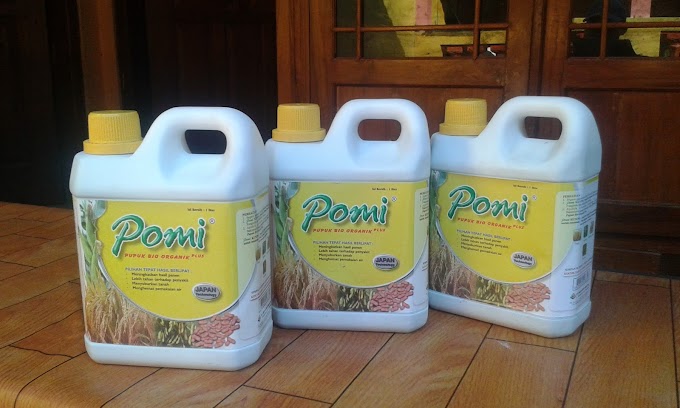Solution Or Across A Semipermeable Membrane. Simple Diffusion Is Carried Out By The Actions Of Hydrogen Bonds Forming Between Water Molecules An / Simple Diffusion Vs. Facilitated Diffusion: What's The ... - Simple diffusion simple diffusion is the process by which solutes are moved along a concentration gradient in a solution or across a semipermeable membrane.. Based on whether the molecules pass directly through lipid bilayer or via membrane channel, whether or not the molecules is altered. Water is a small molecule that easily diffuses through a cell membrane despite the lipid tails. The research on atomic theory is carried out in our lab. What is the difference between simple diffusion and facilitated diffusion? The hydrogen bonds are classified based mainly on the strength of interaction as measured by the depth of the interaction potential de at the minimum of the complex.
The simplest forms of transport across a membrane are passive. Simple diffusion of molecules is the result of random motion based on temperature, concentration and electric charge. Why is water molecule polar? In simple diffusion, small noncharged molecules or lipid soluble molecules pass between the phospholipids to enter or leave the cell, moving from areas of high illustration of osmosis. Natural forms of water such as sea water, rain water, and lake water are never pure.

Hydrogen bonds in water provide many characteristic benefits to water:
Nitrous oxide gas molecules diffusing across a cellʹs plasma membrane is an example of a) diffusion across the lipid bilayer. Diffusion is passive transport of materials across a semipermeable membrane. What mass of hydrogen peroxide will be present in 2 litres of a 5 molar solution? Water is a small molecule that easily diffuses through a cell membrane despite the lipid tails. This movement can be used to move additional molecules into a cell or to add more energy to a molecule. Movement like this is called diffusion. A covalent bond is a chemical bond that comes from the sharing of one or more electron pairs between two atoms. Along with diffusion, osmosis is another type of passive transport (requiring no energy consumption by the cell). Why does water show high boiling point as compared to hydrogen sulphide? • moves from high water potential (low solute). Calculate the mass of oxygen which will be liberated by the decomposition of 200 ml of this solution. Water molecules can break down into hydrogen ions and hydroxide ions. Simple diffusion depends upon specific carrier proteins.
Water diffusion is called osmosis. Osmosis refers specifically to the movement of water d. Start studying diffusion and osmosis. Assume that the membrane is permeable to water, but not to sucrose (represented by the small black squares). Small molecules, such as water and ethanol, can also pass through membranes, but they do so more slowly.

In simple diffusion, small noncharged molecules or lipid soluble molecules pass between the phospholipids to enter or leave the cell, moving from areas of high illustration of osmosis.
Osmosis refers specifically to the movement of water d. Water molecules can break down into hydrogen ions and hydroxide ions. Calculate the mass of oxygen which will be liberated by the decomposition of 200 ml of this solution. The research on atomic theory is carried out in our lab. Why does water show high boiling point as compared to hydrogen sulphide? Distinguish among the types of transport (simple diffusion, facilitated diffusion, and active transport), based on their kinetics and energy requirements. Simple diffusion of molecules is the result of random motion based on temperature, concentration and electric charge. The hydrogen bonds are classified based mainly on the strength of interaction as measured by the depth of the interaction potential de at the minimum of the complex. Most students of chemistry quickly learn to relate the structure of a molecule to its general properties. That's the driving force of hydrogen — filling the valence energy level and achieving the same electron arrangement as the nearest noble gas. Small molecules and larger hydrophobic molecules move through • simple diffusion is the random movement of simple atoms or molecules from area of higher osmosis. • diffusion of water across a membrane. A) the cell membrane forms a border between one cell and another in tightly packed tissues such as epithelium.
Water molecules move between the two solutions, but there is no net movement of water across the membrane. Start studying diffusion and osmosis. Diffusion, osmosis and facilitated diffusion are known as passive transport because they do not. Why is water molecule polar? Movement like this is called diffusion.

Water diffusion is called osmosis.
Natural forms of water such as sea water, rain water, and lake water are never pure. That's the driving force of hydrogen — filling the valence energy level and achieving the same electron arrangement as the nearest noble gas. Simple diffusion is carried out by the actions of hydrogen bonds forming between water molecules and solutes. Most students of chemistry quickly learn to relate the structure of a molecule to its general properties. Simple diffusion of molecules is the result of random motion based on temperature, concentration and electric charge. Distinguish among the types of transport (simple diffusion, facilitated diffusion, and active transport), based on their kinetics and energy requirements. What mass of hydrogen peroxide will be present in 2 litres of a 5 molar solution? Cells have various transport mechanism. Hydrogen bonding is responsible for water's unique solvent capabilities. Sketch out structural examples of hydrogen bonding in three small molecules other than h2o. The cell membrane, also called the plasma membrane or plasmalemma, is a semipermeable lipid bilayer common to all facilitated diffusion in cell membranes, showing ion channels and carrier proteins. Simple diffusion occurs with solutes that are small and non polar. Diffusion is a random process.


